- Home
- Machining techniques
- CNC Machining Services
- Cooperative supply services
- Designs
- Materials
- Finishing Services
- Shop
- Products
- Guide
- About Us
- Contact Us
2022.2.24
When properly programmed, CNC machining can produce parts with consistently high machining quality, precision, repeatability, and efficiency while also allowing for the creation of intricate surfaces. Human factors and operational experience have a significant impact on the quality of the final product. Next, let’s look at the 7 frequently asked questions about CNC machining.
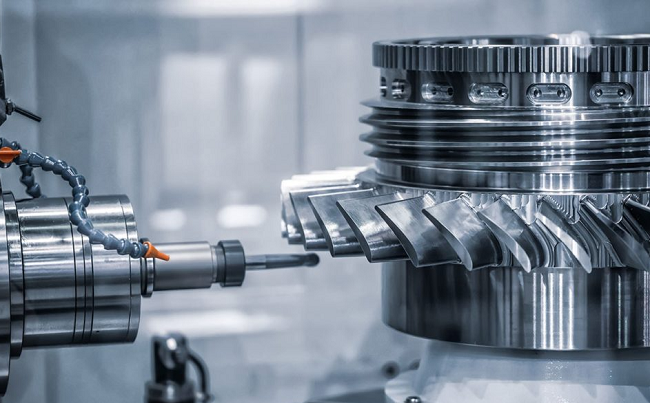
1. What are the best ways to segment CNC processing?
It is possible to divide CNC machining processes in the manners listed below:
Use one CNC machine to process all the parts that can be completed on the part using the tool centralized sequencing method. Other components can be completed using the second and third knives. Tool changes can be reduced, idle time compressed, and positioning errors avoided by this method. The machining portion can be separated into numerous pieces, such as the inner shape, shape, curved surface, or plane, depending on its structural properties. Typically, the plane and positioning surface are handled first, and then the hole is processed; this order is generally followed. Simple geometry is processed first, followed by complicated geometry; low accuracy components are processed first, followed by high accuracy components. Due to the probable distortion following rough machining, the shape needs to be calibrated for the parts prone to CNC machining deformation. As a result, rough and finish machining need normally be done separately. We must consider the part structure and manufacturability, tool function, CNC machining content, installation delays and production organization when partitioning a process, in summary. The notion of centralized vs decentralized processes is also recommended, however this should be evaluated based on the actual scenario.
2. What guidelines should be followed when arranging the sequence of CNC operations?
According to the structure and blank condition of components, the processing sequence should be arranged in accordance with the needs of positioning and clamping, with the emphasis on the workpiece’s rigidity remaining intact. These guidelines should be followed when putting the sequence together:
As long as past CNC processing isn’t affecting the next process’ positioning and clamping, the general machine-tool processing should also be taken into account in the middle. The first step is to perform the machining of the inner shape and the inner cavity, and then the contour machining. So that there is less repetition in positioning, tool change and pressing plate movement, it is preferable to use the same positioning and clamping mode or tool for all CNC machining processes. For numerous processes taking place at the same time, the procedure that causes the least amount of damage to the workpiece’s stiffness should be prioritized.
3. What considerations should be made when selecting a clamping method for a workpiece?
The following three factors should be taken into consideration while establishing the positioning datum and clamping scheme: Consolidate design, process, and programming calculation benchmarks.
Strive to unify the benchmark of design, process and programming calculation. Reduce the clamping times as much as possible, and try to CNC process all the surfaces to be processed after one positioning. Avoid using manual adjustment scheme. The fixture shall be open, and its positioning and clamping mechanism shall not affect the tool walking in CNC processing (such as collision). In case of such situation, it can be clamped by using vise or adding base plate to extract screws.
4. Is there a more logical way to decide the tool setting point? What is the link between the programming and the workpiece coordinate systems?
– The tool setting point can be set on the of the machined part, but note that the tool setting point must be the reference position or the part that has been finished. Sometimes the tool setting point is damaged by CNC processing after the first process, which will make it impossible to find the tool setting point in the second process and after, Therefore, in the first process of tool setting, pay attention to set a relative tool setting position where there is a relatively fixed size relationship with the positioning datum, so that the original tool setting point can be found according to the relative position relationship between them. This relative tool setting position is usually set on the machine tool workbench or fixture.
– The operator determines the starting point of the workpiece coordinate system. The tool setting is used after the workpiece has been clamped. It shows the relationship between the workpiece and the machine tool’s zero point. Once the coordinate system of a workpiece has been established, it is rarely modified. For machining to be successful, the workpiece coordinate system and the programming coordinate system must be aligned in order to maintain consistency.
5. How do you decide on the best approach to go when it comes to cutting?
When performing NC machining, the tool’s path refers to the tool’s movement and direction in relation to the workpiece. CNC machining accuracy and surface quality are directly tied to the proper selection of machining routes. When deciding on a cutting path, the following factors are most important:
Accurately machine items to meet their specifications. Complicated calculations can be made easier with this tool. Improve the CNC processing efficiency by locating the quickest route and reducing the amount of time spent waiting for a tool to fill up. The number of segments should be kept to an absolute minimum. For the final shape to be smooth after CNC machining, it must be processed with the last tool in a continuous manner. The tool’s forward and backward path should also be carefully studied in order to reduce the knife scars generated by stopping the tool at the contour and avoid scratching the workpiece by cutting vertically on the contour surface.
6. What is the function of the processing program sheet? What should be included in the processing procedure sheet?
The machining program list is one of the contents of NC machining process design, and it is also a procedure that needs to be observed and executed by the operator. It is a specific description of the machining program. The purpose is to let the operator clarify the content of the program, the clamping and positioning mode, the problems that should be paid attention to by the tools selected in each machining program, etc. The processing program list shall include: drawing and programming file name, workpiece name, clamping sketch, program name, tool used in each program, maximum cutting depth, processing nature, theoretical processing time, etc.
7. What preparations should be made before CNC programming?
After determining the processing technology, you should understand the following before programming:
Mode of workpiece clamping, the size of the rough embryo on the workpiece, and whether or not multiple clamping is required to define the processing range If you don’t know what material you’re working with, you’ll have to change the program because you don’t have the right tool for the task. This tool can be prepared ahead of time if necessary.
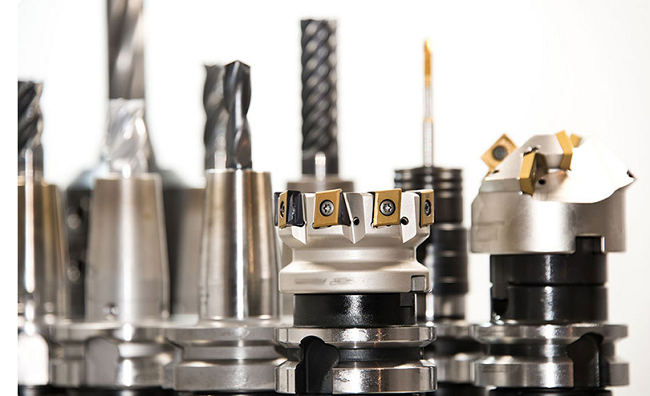 Top 12 CNC Machining & Programming Experiences | CNCLATHING
Top 12 CNC Machining & Programming Experiences | CNCLATHING
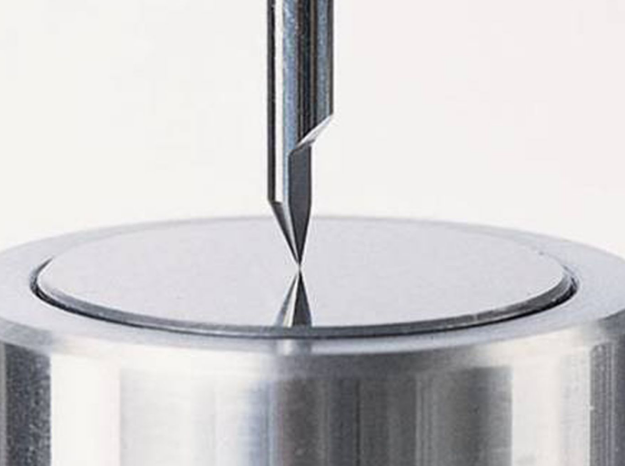 Treatment Of Common Tool Setting Problems In CNC Machining – Principle Analysis, Main Methods & Measures
Treatment Of Common Tool Setting Problems In CNC Machining – Principle Analysis, Main Methods & Measures
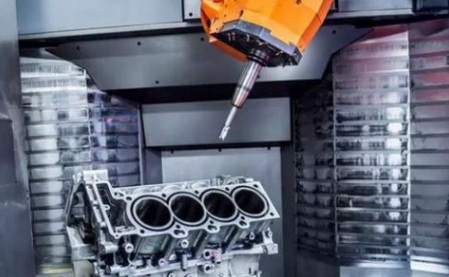 7 Common Tool Setting Methods For CNC Machining | CNC Tool Setting
7 Common Tool Setting Methods For CNC Machining | CNC Tool Setting
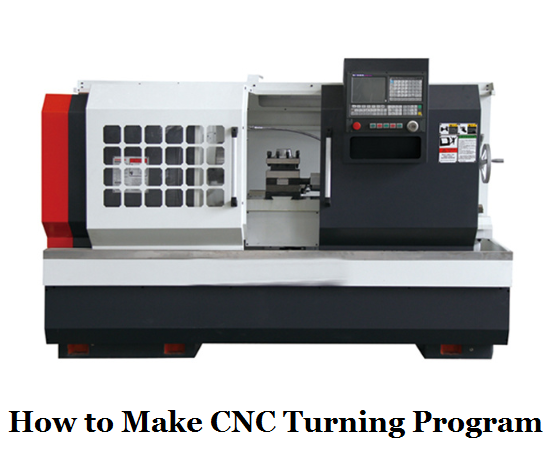 CNC Lathe Programming Guide & Tips – How to Make CNC Turning Program | CNCLATHING
CNC Lathe Programming Guide & Tips – How to Make CNC Turning Program | CNCLATHING
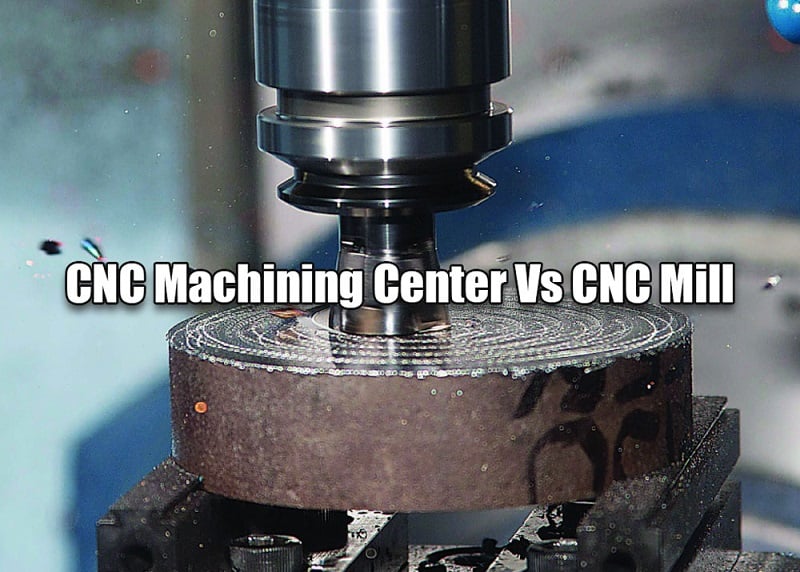 CNC Machining Center Vs CNC Mill – Difference Between Machining Center And Milling Machine In Programming
CNC Machining Center Vs CNC Mill – Difference Between Machining Center And Milling Machine In Programming
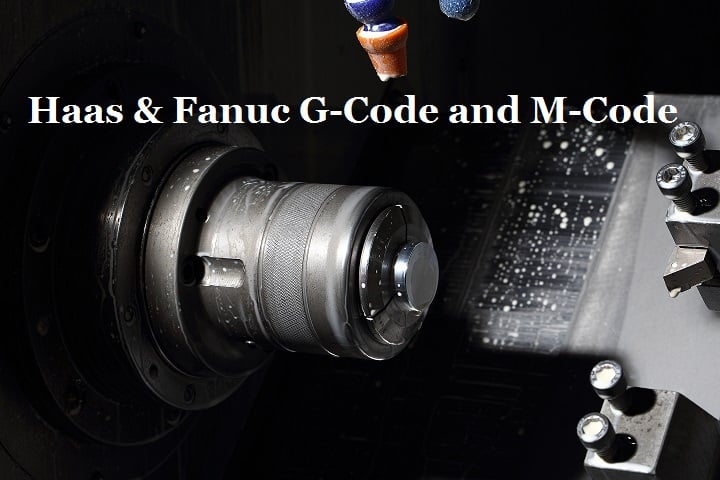 Haas G Codes & M Codes List for CNC Lathe and Mill – Haas & Fanuc G-Code and M-Code PDF Download| CNCLATHING
Haas G Codes & M Codes List for CNC Lathe and Mill – Haas & Fanuc G-Code and M-Code PDF Download| CNCLATHING
